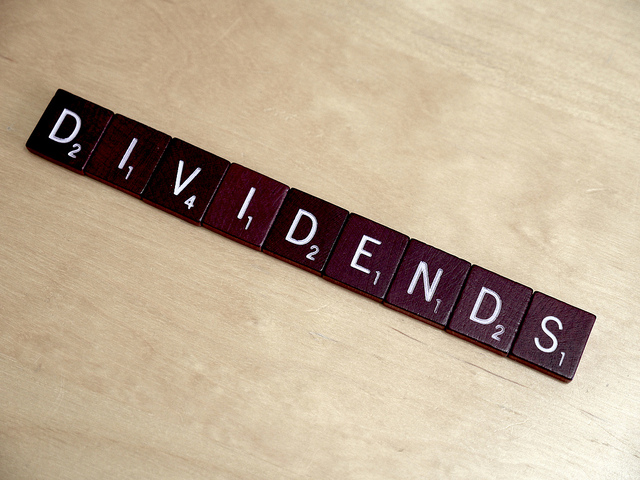
Investors underestimate dividends as a source of value for after-tax income and their positive contribution toward the total return on equity portfolios. In periods of low growth, dividends become increasingly important – says Standard Bank, the parent group of Stanbic Bank Ghana.
Rudi van der Merwe, Chief Investment Officer at Standard Stockbroking says that informed investors will buy shares in a business as part of a long-term investment strategy, with the aim of not only benefiting from growing equity prices, but also to participate in the positive impact of the compound growth in dividend payments. Over a long term investment horizon, dividends and the re-investment of dividends can contribute 90% of the total returns of a portfolio. He points out that a dividend of 5% received by an individual investor equates to an interest yield on cash or from a property company of 7.2%.
“Realising a growing yield of 7.2% is very hard to come by, and is one of the main reasons why companies that consistently pay good dividends tend to be favoured by investment professionals,” he says. “In lower-growth environments where the market can be expected to only produce returns of between 0% and 12%, a decent dividend yield can make up a large proportion of a total return. If you can achieve a 4% dividend yield you have already generated 66% of the inflation rate; you do not need much additional growth to be generating a positive real return. The value of dividends relative to total returns assumes more significance during periods of low growth – times we seem to be steadily heading into.
Research shows that, in line with major international markets, dividends have been the major contributor of real equity returns over the long-term.
“Good dividends year after year indicate that a business is well managed and that executive management have effective control of balance sheets and cash flows. There is no better indication than a sound dividend payment history to convince shareholders that companies are confident about producing future profits,” says Mr van der Merwe. “If earnings improve by, say, 15%, then dividends tend to follow suit, also growing by 15%. This is supported by research that shows that over the years companies showed a correlation of 87% between growth in earnings and dividends.
This provides a natural hedge against inflation for dividend income, and supports the trend which shows that well managed companies can be relied upon to significantly outperform inflation over time. What is of major significance to investors is that many companies have progressive dividend policies.
“Dividends, therefore, not only rise in line with earnings, but are maintained even when earnings are reduced,” Mr van der Merwe continues. “Dividends tend to be ‘sticky’ on the downside, providing some protection against difficult economic times, so it is common for these companies to resist the fluctuations of the market, and for their prices to hold up better when markets are not performing well.”
As a result of these policies, dividends are less volatile than earnings.
“The reward for companies with progressive dividend policies is continued investor confidence – something that is not to be expected if dividends are cut.”
Additional factors adding to the attraction of dividends as a source of value are that:
• Dividends are paid from real earnings and cash generated, and cannot be manipulated by creative accounting.
• Companies that have committed to pay regular dividends have less ability to waste cash on frivolous events or vanity inspired head offices.
• Benefits accrue even for investors who do not require income from their portfolios.
“Investors will find that the accumulated dividends in their portfolios provide opportunities for taking up new investment opportunities without the necessity of having to liquidate existing holdings,” says Mr van der Merwe.


























